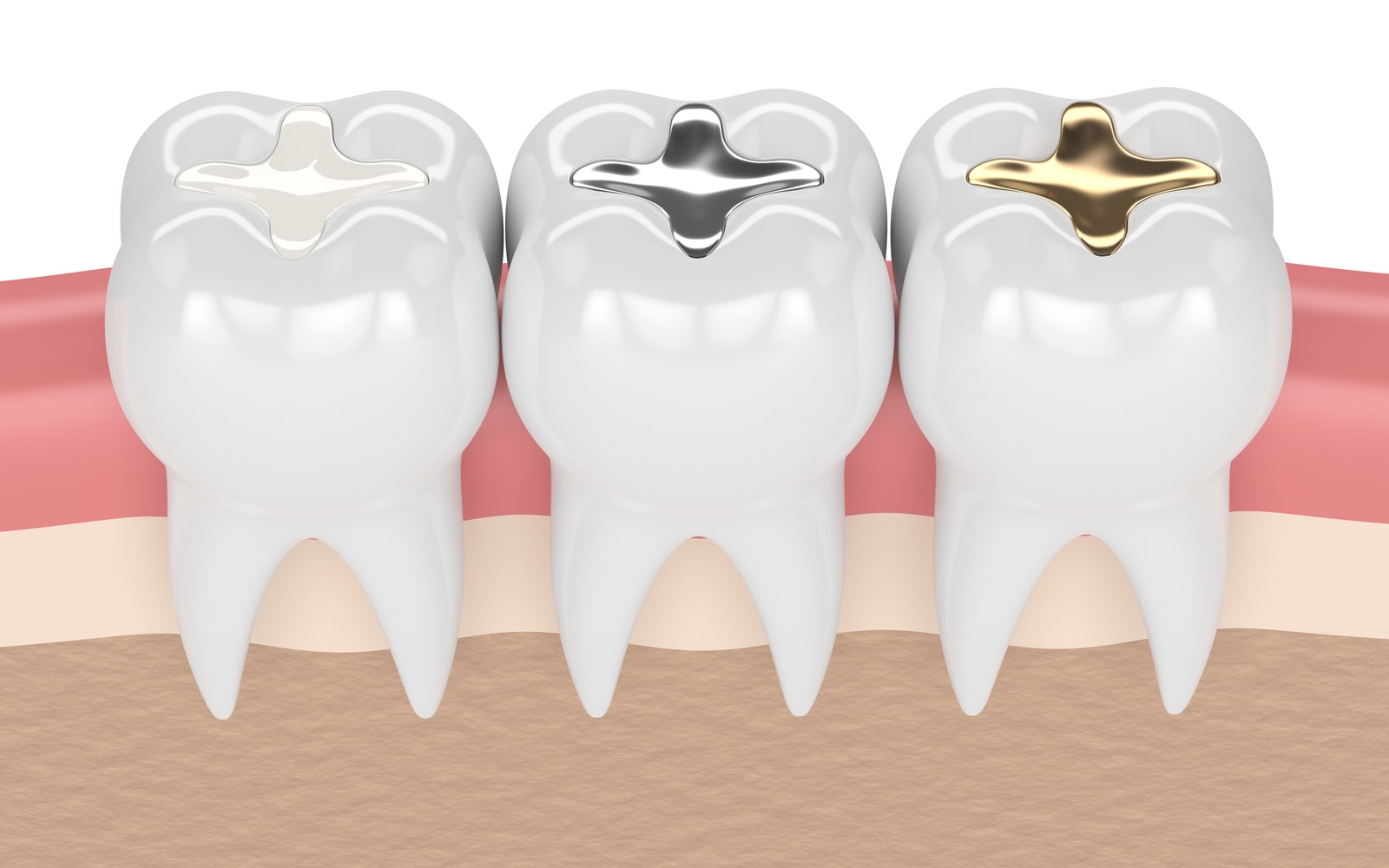There was a time when the go-to solution for dental restorations was amalgam fillings. While these remain one of the most affordable options available, other materials are taking precedence. The latest options tend to combine the durability of amalgam with a more natural-seeming appearance. Since the introduction of these materials, amalgam use has seen a decline of as much as 50% in certain practices. Composites have been one of the most popular modern options, but is it the only one?
Why Amalgam Fillings Are On The Decline
For 165 years, amalgam has led the pack in restoration treatments. It has always had its detractors, however, even in the beginning. This is partially the result of it containing mercury. While there have been no negative health effects ascribed to the use of amalgam fillings, mercury itself is dangerous. Exposure to mercury can cause impaired movement, speech, and hearing, as well as muscle weakness. When bound with the other materials that make up amalgam, it is inert and safe, however. While it may be safe for use in humans, its production does put certain strains on the environment.
Another reason that amalgams are seeing less use in practices is restrictions placed by the UPA. Amalgam separators are required at dental practices to ensure that none of the material ends up in the local septic system. As of July 14, 2020, all dental practices are required to have these separators in place. In the EU, there are plans to completely eliminate the use of amalgam fillings. So what options are available?
- Glass Ionomers
- Resin Ionomers
- Composites
- Ceramic onlays and onlays
- Gold alloys
Each of these materials can be used in place of amalgams. Resin tends to be the least durable of the available options, needing repairs or replacement every five to ten years. Gold alloys have the longest durability and are able to last the patient for a lifetime. In between, you’ll find composites and ceramics. These both have a far more natural appearance while retaining a significant amount of durability and longevity.
In addition to fillings, these materials can also be used to construct crowns for mounting on dental implants. Titanium implants are becoming one of the most popular restoration options for patients who have lost a tooth. Regardless of whether the loss was to trauma or decay, replacement using titanium mounting points provides a more natural experience. When combined with ceramic, composite, or glass ionomer crowns, natural beauty is restored as well. It can be nearly impossible to identify that someone has dental implants.
Speak To Your Dentist For More Information
Your dentist will have additional information about the restoration options they offer at their clinic. In addition, by virtue of having complete knowledge of your oral health situation, they’ll know which are best for you. Modern dentistry is making restoring your smile easier and more cost-effective than ever. Schedule a consultation with your dental team today to find answers to the oral health concerns that vex you. You’ll be living with a beautifully restored smile in no time!


